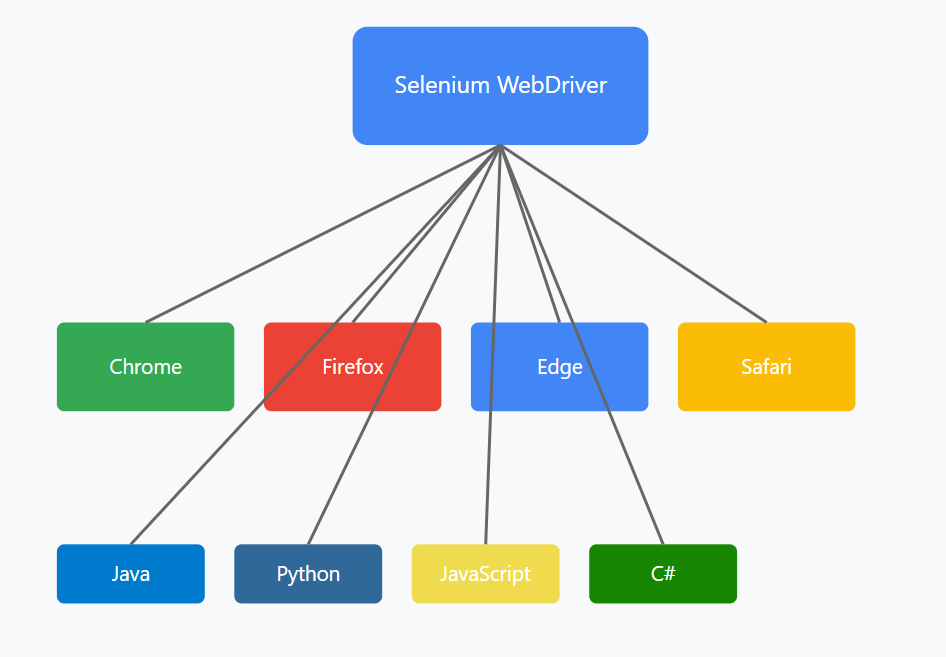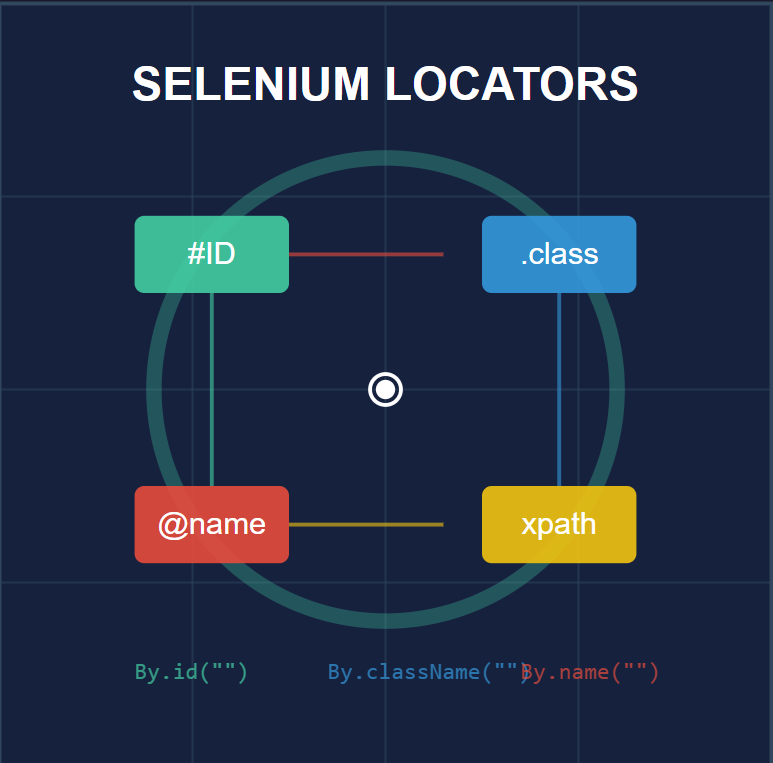
What is Selenium?
Selenium is an open-source automation testing framework specifically designed for web applications. First released in 2004 by Jason Huggins, it has evolved into the industry standard for automated web testing, supporting multiple browsers, programming languages, and operating systems.
Unlike traditional testing tools, Selenium mimics real user interactions with web applications, allowing testers and developers to:
- Automate repetitive web testing tasks
- Execute tests across different browsers simultaneously
- Validate web functionality without manual intervention
- Create comprehensive test suites for continuous integration
Why Choose Selenium?
1. Cross-Browser Compatibility
- Chrome
- Firefox
- Safari
- Edge
- Internet Explorer
- Opera
2. Platform Independence
- Windows
- macOS
- Linux
- Unix
3. Community and Support
- Active community of over 1 million users
- Regular updates and improvements
- Extensive documentation
- Numerous online resources and forums
Key Components of Selenium
1. Selenium WebDriver
The core component that drives browser automation by:
- Controlling browser actions
- Executing test scripts
- Handling element interactions
- Managing browser sessions
2. Selenium IDE
- Browser extension for record and playback
- Ideal for beginners
- Quick test case creation
- Export scripts to multiple languages
3. Selenium Grid
- Parallel test execution
- Cross-browser testing
- Distributed testing infrastructure
- Scalable test environments
Use Cases and Applications
1. Regression Testing
- Automated test suites
- Continuous integration
- Build verification
2. Cross-browser Testing
- Compatibility verification
- Responsive design testing
- Browser-specific behavior
3. Data-Driven Testing
- Multiple data sets
- Parameter variations
- Configuration testing
4. Performance Monitoring
- Page load times
- Response metrics
- Resource usage
Hope you enjoyed our article!
